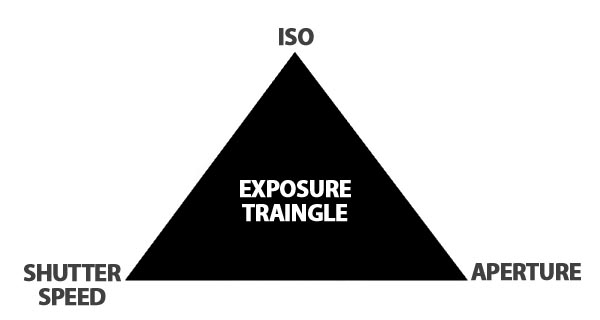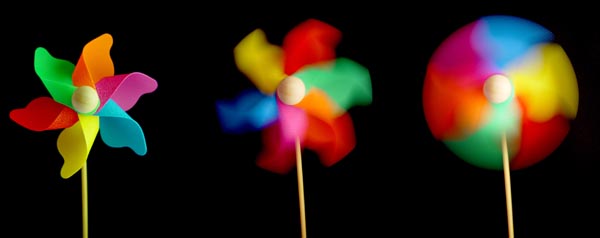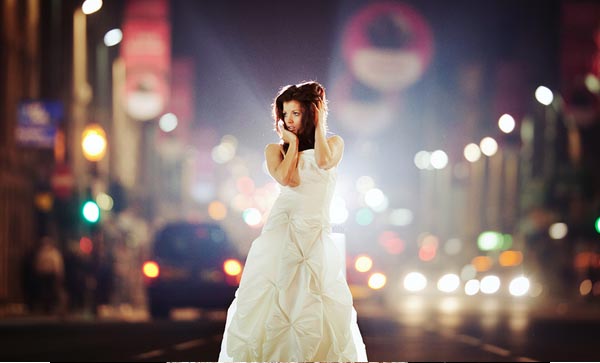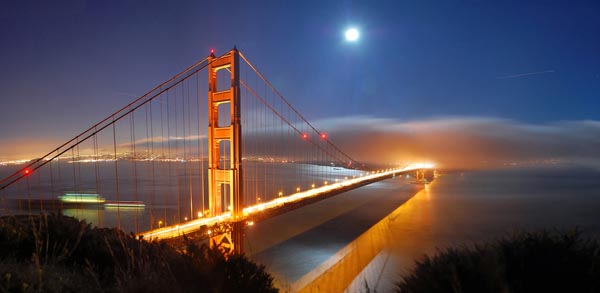In the recent years, the art and craft of photography has undergone a major transformation. The photographer of today is a photographer at one end and a creative digital artist at the other. A great photograph starts with the photographer’s basic understanding of light and next, good (and equally creative) exposure. Here is a basic insight on exposure in digital photography aimed at digital SLR owners.
You may be interested in the following modern trends related articles as well.
- Get a High! 5 Secrets To Camera Toss Photography
- Conceptual Photography: 26 Imaginative Photos
- 50 World’s Most Beautiful Cities At Night
- 40 Beautiful Black and White Photography
What is exposure?
Exposure is one of the first steps to understanding the mechanics of photography. If you have witnessed a potter throw blobs of clay into a rotating potter’s wheel, shape them with a variety of wire bits and sticks, and then bake the object in a kiln, you have seen the idea of exposure in action. What go in as basic shapes and mundane ingredients, get transformed and come out as a piece of art. Similarly, great photographic exposures arise from very basic techniques and tools.
The Technical Jargons Explained
Exposure is the amount of light that falls on the recording media. There are three factors that determine exposure and two among the three depend on how much light enters your camera.
Shutter speed: This represents the duration of time the shutter is open and is exposing light to the digital sensor. As long as the shutter is open, light can enter the camera and fall on the image sensor. Shutter speed is represented in seconds and more often, in fractions of a second. Generally, 8? seconds is extremely slow and 1/2000 of a second is very fast.
Aperture: Aperture is the size or diameter of the opening in the camera’s lens. Aperture is commonly measured in f/stops (f/19 is considered to be a very small aperture and f/2.8 defined to be wide).
ISO: The ISO speed, a more recent feature that is unique to digital cameras, lets you change the sensitivity of the sensor when collecting light. The usual range of ISO speed is between 100 and 800. As the ISO increases, the speed with which your camera collects light also increases. However, a higher ISO also adds more noise to the image.
How Do You Recognize a Good Exposure?
From an aesthetic point of view, a photograph with a good exposure must capture and express the scene as you envisioned and saw it. From the technical side, a good exposure:
- Shows a full, rich range of tones with smooth transitions,
- Shows details in the shadows,
- Has a pleasant contrast level and
- Most importantly, maintains image detail through the highlights, or at least the most important highlights
The Importance of Exposure
Exposure is the creative element in a photograph. A good exposure is the combined product of routine technical choices such as choosing the right shutter speed and lens aperture, metering correctly, and setting the optimum white balance. When these simple steps are combined in a right, or rather a purposeful way, what results is something fascinating. A well-executed and thoughtfully considered exposure can transform an otherwise ordinary photograph into something extraordinary.



















[…] Digital Camera Exposure Traingle […]
[…] Exposure is one of the first steps to understanding the mechanics of photography. If you have witnessed a potter throw blobs of clay into a rotating potter’s wheel, shape them with a variety of wire bits and sticks, and then bake the object in a kiln, you have seen the idea of exposure in action. What go in as basic shapes and mundane ingredients, get transformed and come out as a piece of art. Similarly, great photographic exposures arise from very basic techniques and tools. (via GDJ) […]
Hi, I log on to your blogs regularly. Your writing style is awesome, keep doing what you’re doing!